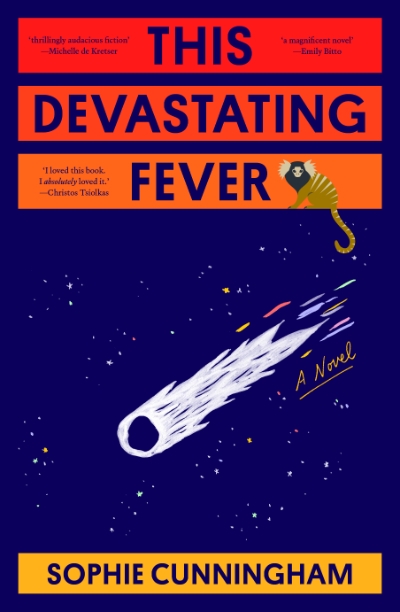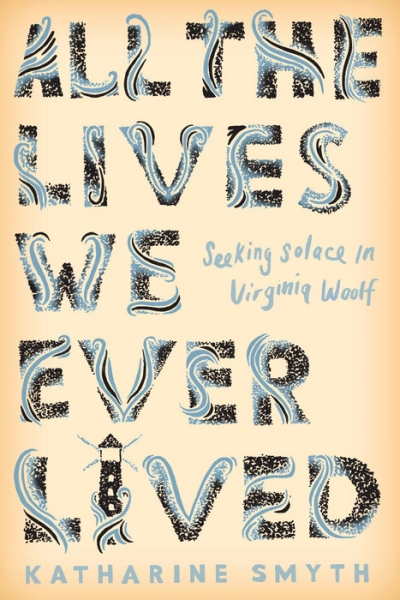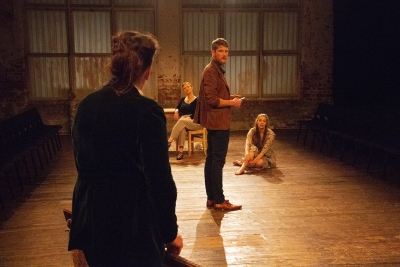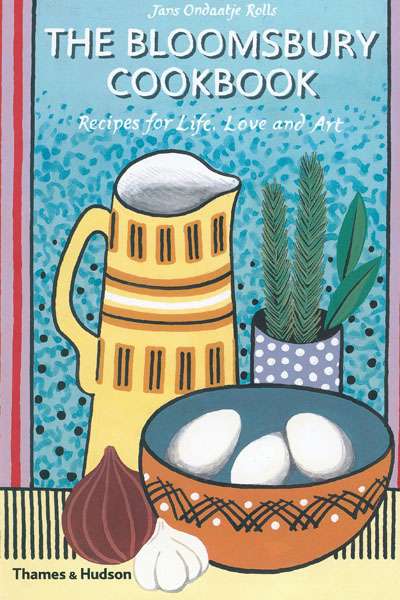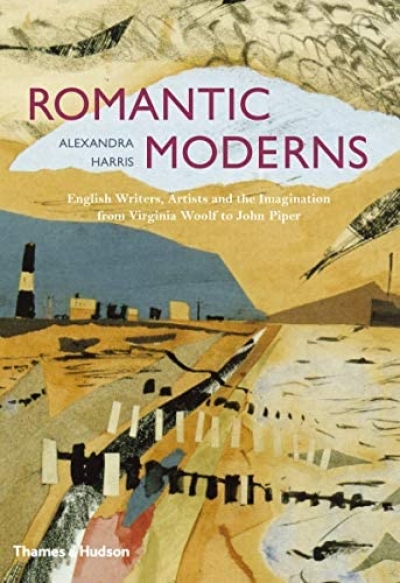Virginia Woolf
All the Lives We Ever Lived: Seeking solace in Virginia Woolf by Katharine Smyth
by Ann-Marie Priest •
In this intelligent and unusual play, director Peta Hanrahan arranges Virginia Woolf’s great essay A Room of One’s Own into an hour-long play for four voices. Curiously, perhaps, it works so well as a play because of how well Hanrahan has read the essay.
... (read more)Vanessa and her sister by Priya Parmar & Adeline by Norah Vincent
by Ann-Marie Priest •
The Bloomsbury cookbook: Recipes for life, love and art by Jans Ondaatje Rolls
by Gay Bilson •
Romantic Moderns: English Writers, Artists and the Imagination from Virginia Woolf to John Piper by Alexandra Harris
by Frances Spalding •

